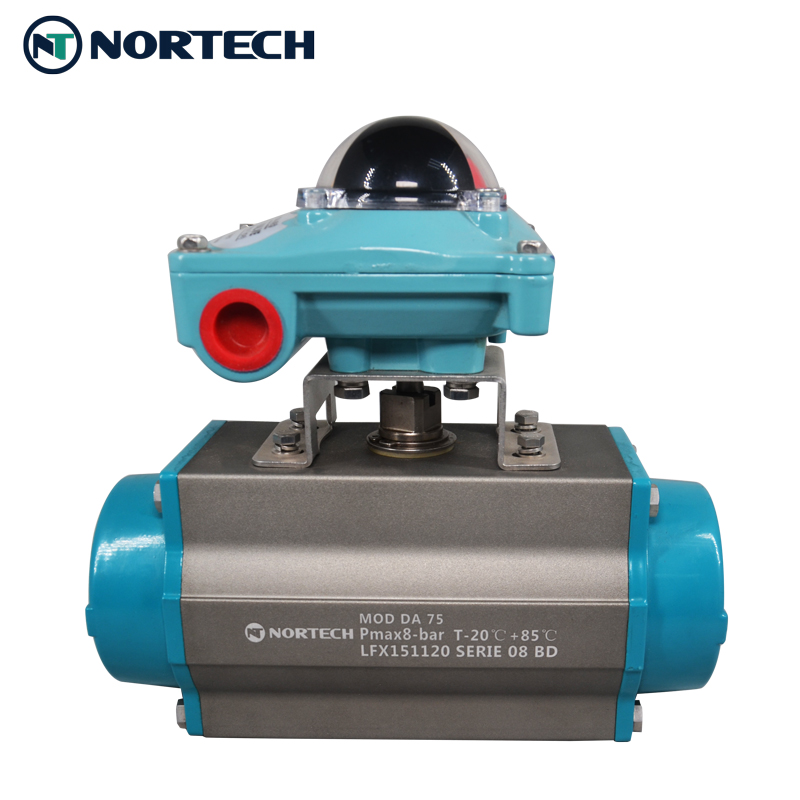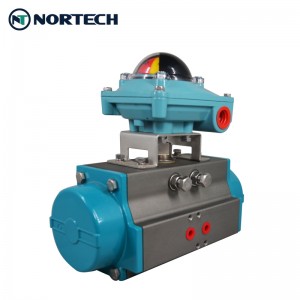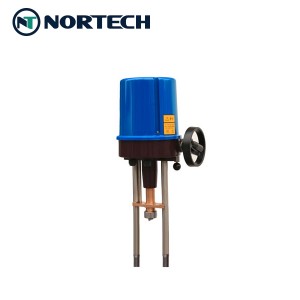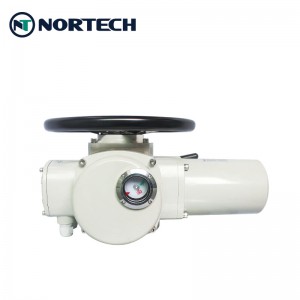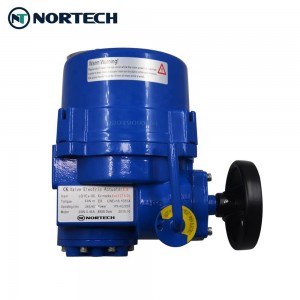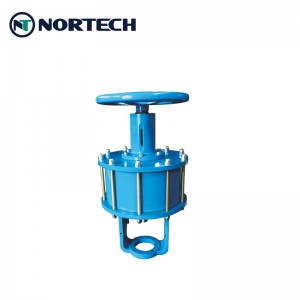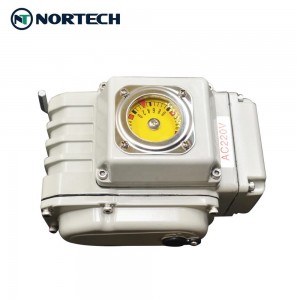Rack and Pinion actuator
What is Rack and Pinion actuator ?
Rack-and-pinion pneumatic actuators, also called limited rotation cylinders, are rotary actuators used for turning, opening, closing, mixing, oscillating, positioning, steering and many more mechanical functions involving restricted rotation. These actuators are also often used for automation of quarter-turn valves, like ball or butterfly valves.
Pneumatic rack-and-pinion actuators convert the energy of compressed air by means of a pneumatic cylinder to an oscillating rotary motion. The clean, dry, and processed gas required by this actuator is provided via a central compressed air station, which usually supports a range of pneumatic devices in a process system.
Main features of Rack and Pinion actuator
In comparison to their electric counter parts, Rack and pinion actuators are generally more durable, better suited for hazardous environments and less expensive. In addition, they often require less maintenance and provide higher torque in comparison to their size.
Technical specification of Rack and Pinion actuator
Single rack vs. dual rack design
Rack-and-pinion actuators offer the widest ranges of torque and rotation compared to other conversion mechanisms for converting linear force to rotational torque. It has a high mechanical efficiency and the torques that they are able to produce range from a couple of Nm to multiple thousands of Nm.
However, one potential drawback of the rack-and-pinion design is backlash. Backlash occurs when rack and pinion gears are not completely aligned and there is a small gap between each geared connection. This misalignment can cause wear on the gears during the life cycle of the actuator, which in turn increases backlash.
A double rack unit uses a pair of racks on opposite sides of the pinion. This helps eliminate backlash due to a counter force and also doubles the output torque of the unit and increases the mechanical efficiency of the system. In the double acting actuator shown in Figure 3, the two chambers on the sides are filled with pressurized air, which push the pistons to the center and to return the pistons to the initial position, the chamber in the center is in turn pressurized.
Function
Rack-and-pinion pneumatic actuators can be either single-acting or double-acting. It is also possible for these actuators to provide multiple stops.
Single acting vs. double acting
In a single-acting actuator, air is only supplied to one side of the piston and is responsible for the movement of the piston in only one direction. The movement of the piston in the opposite direction is performed by a mechanical spring. Single-acting actuators conserve compressed air, but perform work in only one direction. A downside of single-acting cylinders is the inconsistent output force through a full stroke due to the opposing spring force. Figure 4 shows a single-acting double-rack pneumatic rotary actuator.
In a double-acting actuator, air is supplied to chambers on both sides of the piston(s). Higher air pressure on one side can drive the piston(s) to the other side. Double-acting actuators are used when work needs to be performed in both directions. Figure 5 shows a double-acting double-rack pneumatic rotary actuator.
One of the advantages of double-acting cylinders is the constant output force through a full rotation range. The drawbacks of double-acting cylinders are their need for compressed air for movement in both directions and a lack of a defined position in case of a power or pressure failure.
Multiple positioning
Some rack-and-pinion actuators are able to stop at multiple positions through the range of a rotation by controlling the pressure at the ports. The stop positions can be in any sequence, making it possible for the actuator to selectively pass an inter-mediate stop position.
Travel stop bolts
Travel stop bolts are on the side of the actuator body (as seen in Figure 6) and allow for adjustment of the end positions of the pistons by limiting the rotation of the pinion gear from the inside. When installing the actuator, drive in both travel stop bolts until they contact the travel stop cap. Continue screwing the left travel stop bolt until the pinion slot visible on the top rotates to the position that is parallel to the length of the actuator body.
Product Application: part turn electric actuator
Due to their constant torque output, Rack and pinion actuators are frequently used and often the preferred style of pneumatic actuators for valves. They are used for mixing, dumping, intermittent feeding, continuous rotation, turning over, positioning, oscillating, lifting, opening and closing and turning. These actuators are used for various mechanical functions in the steel industry, material handling, marine operations, construction equipment, mining machinery, and hydraulic power steering.

